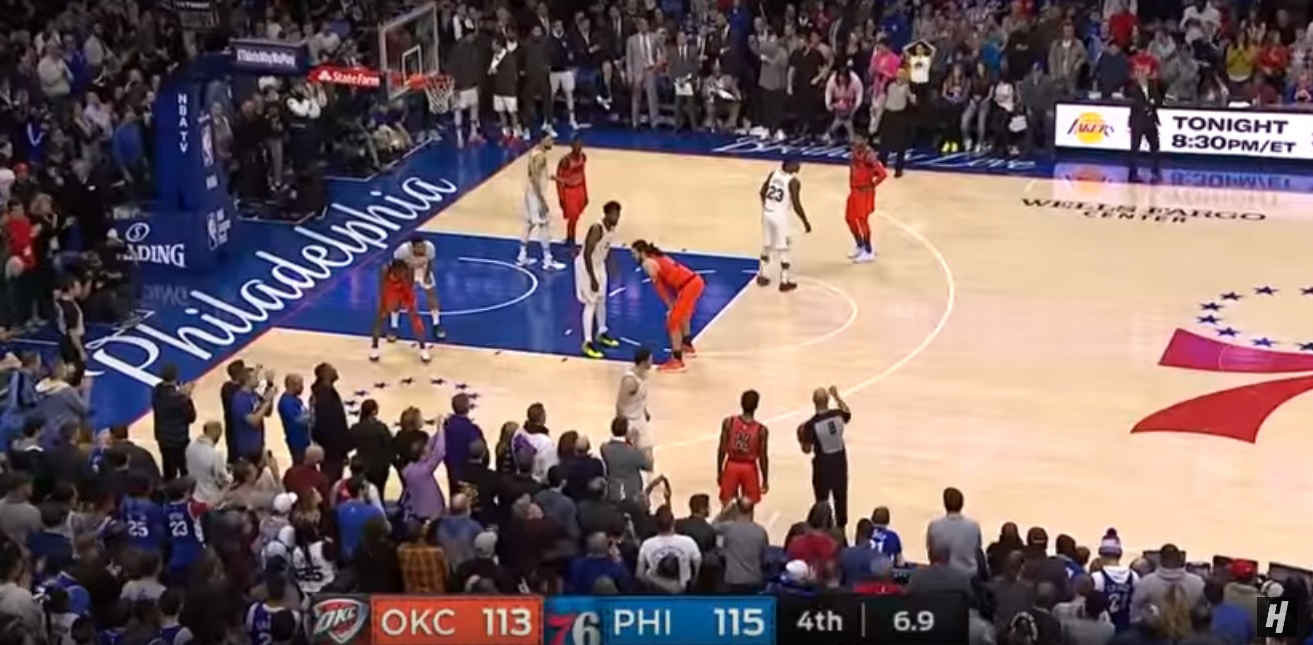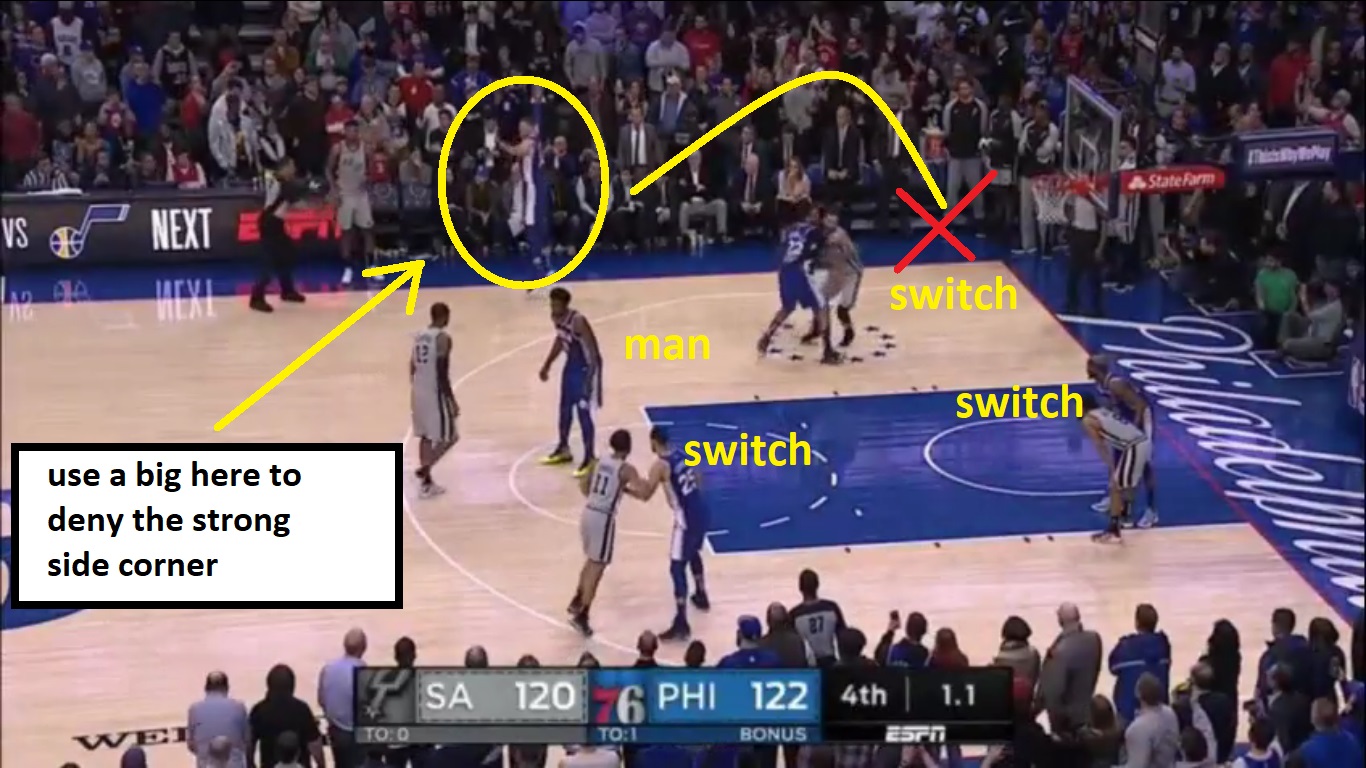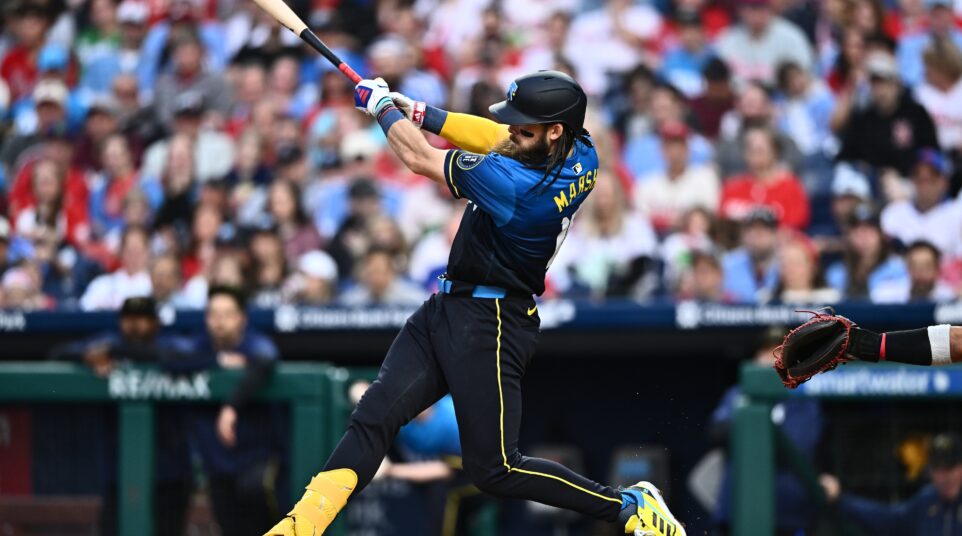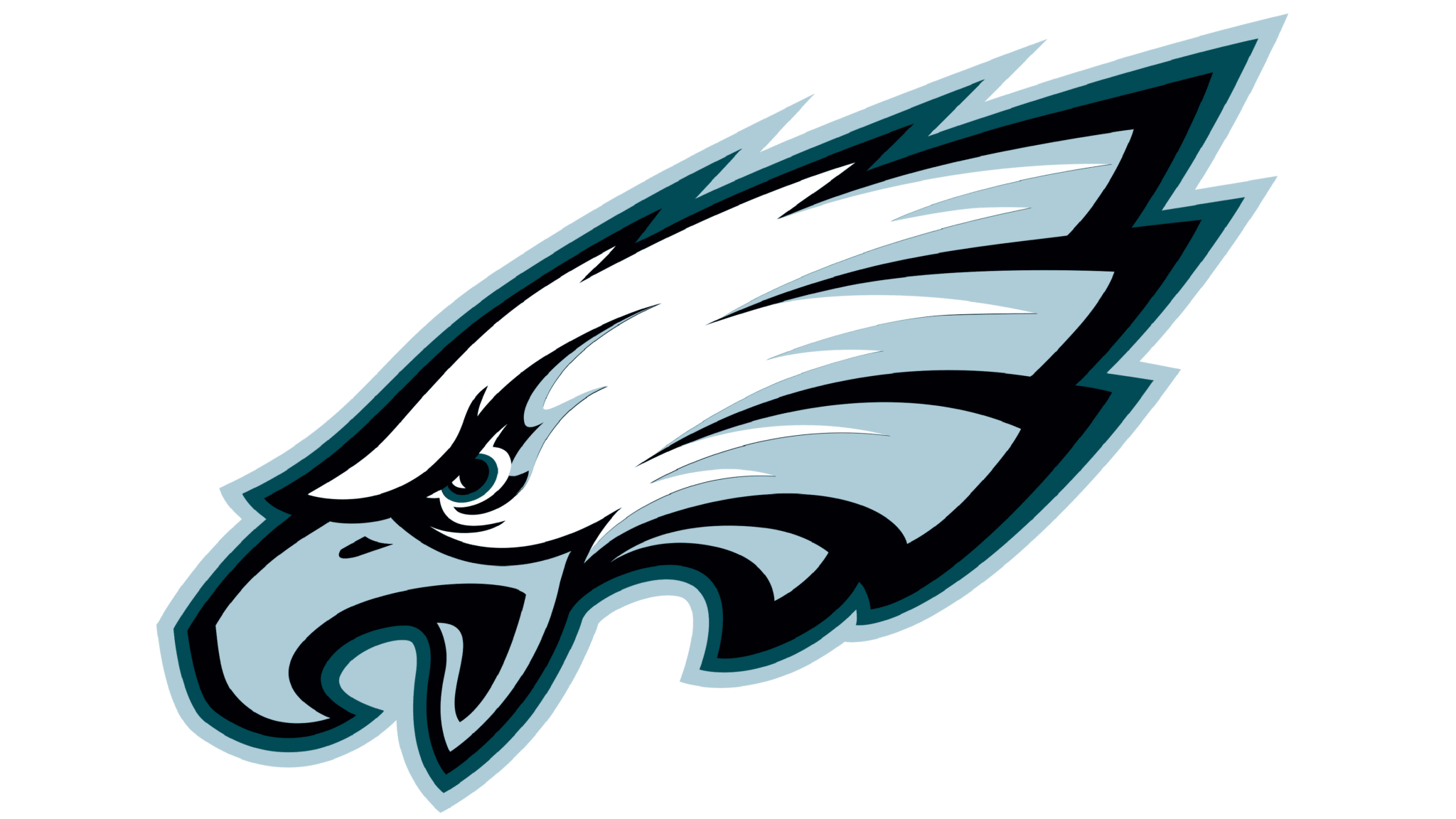
The Sixers Tweaked Their Final Play Defense Against the Spurs
There’s one more quote from Brett Brown that I’d like to share from the comeback win against the Spurs.
He gave us an interesting walk through of the final two possessions against San Antonio, touching on some defensive tweaks and comparing Wednesday to how the team was deployed against the Thunder last Saturday.
What was different from the Paul George game-winning sequence?
Brown started on the other end of the floor, with 1.1 seconds on the clock and Corey Brewer on the foul line with the Sixers holding a one-point lead:
“You have a decision. You have Corey at the line and we know (Gregg Popovich) has two timeouts. At that stage it’s just a one-point game. So all things go through your mind. Do you miss it? No, that’s not smart at all, with two timeouts and a one-point game. You can crash Jo, like if Corey had missed that second one, because I think they’re going to call a timeout no matter what. But then you come back down to the other end of a floor and it’s 1.1 seconds and we talked about, you know it’s always a decision about what do you do with the person on the ball.
There are parts of the floor that, as you study that volume of time, it’s prevalent up the strong side alleyway, like people get shots up that alleyway in the strong side corner or they get them at the rim. Not many shots are found on that other side of the floor. With that time, which is different than the Paul George time frame – Paul still could have got that shot off with 1.1 – but in general, that floor spot that I just mentioned, and the rim, are the things I’m most worried about.
To answer the question – did we do anything differently? Yes we did. We talked lots about switching up, switching more aggressively and we talked lots about the guy on the ball in the detail we needed to.”
Right, so let’s compare the two plays.
It makes sense to start with the Paul George game-winner:
The Sixers have JJ Redick playing the inbound pass and everybody else is matched up man-to-man. No switching as Jimmy Butler follows George through a Steven Adams screen.
Keep in mind, in that situation there were 5.1 seconds left on the clock and the Sixers didn’t have any timeouts remaining, so if OKC hits a shot to tie or take the lead, you can’t sub to put Redick back on the floor for the ensuing offensive possession.
This was the deployment of both squads:
That’s a pretty typical sideline out of bounds set (SLOB). Two guys at the elbow, two on the low blocks, and you throw a variety of screens at the opponent.
So the Sixers did two things differently in the way they defended San Antonio on Wednesday night.
- They brought in a big (Mike Muscala) to play the ball
- they switched one through three
When you freeze the defensive setup this time around, you see Muscala denying that strong side corner that Brown was talking about in the quote above:
Ok, now here’s the video.
When you watch it you’re going to see the following:
- Wilson Chandler and Corey Brewer nail a Patty Mills/Marco Belinelli switch
- Brewer and Ben Simmons execute the second switch, which is Belinelli and Bryn Forbes
- Simmons fights through the LaMarcus Aldridge screen while Embiid stays at home to deny the lob
- Simmons deflects the inbound pass
- game over
Video:
Great defense. You really can’t play that any better, and Ben did a nice job getting through that final screen to deny Belinelli the ball.
Turns out San Antonio was looking for a three-pointer, according to Gregg Popovich. Aldridge in the paint was not the play, but Joel Embiid still did a good job of staying home and sliding back with him into the key. Brewer and Muscala deny the corner and Rudy Gay really only has Belinelli as an option coming off the screen.
It’s a nice blueprint moving forward. Use one of your backup bigs to deny that ball side corner, switch your screens one through three, let Embiid stay home, and trust your athleticism to make a play.







